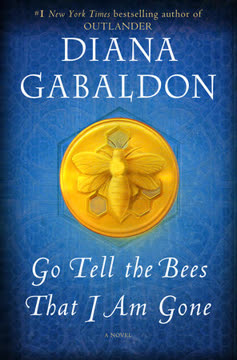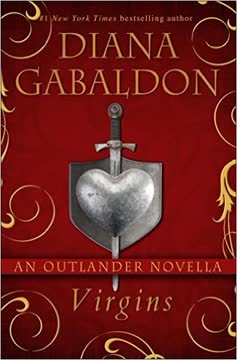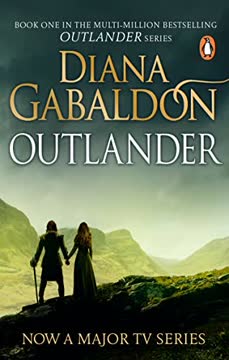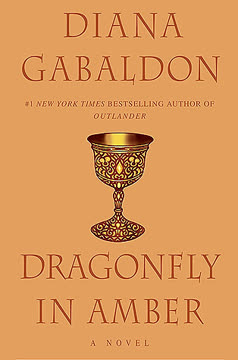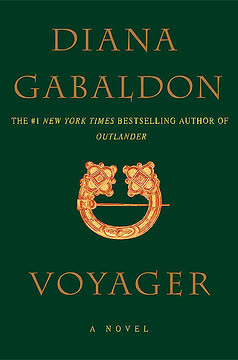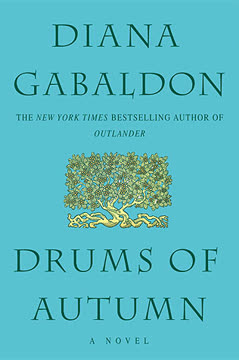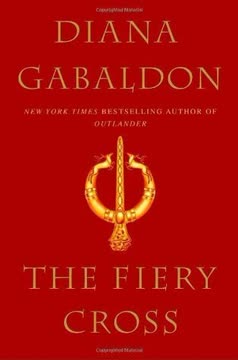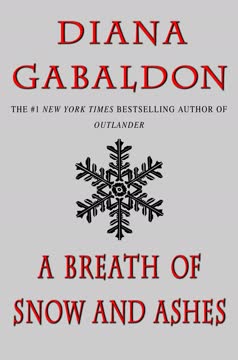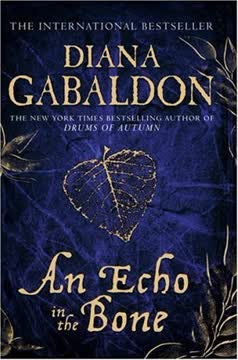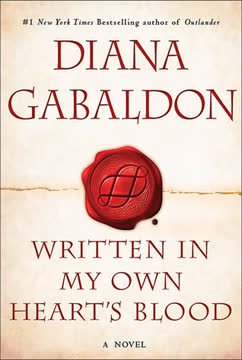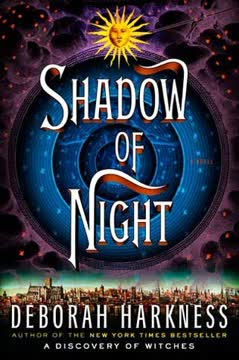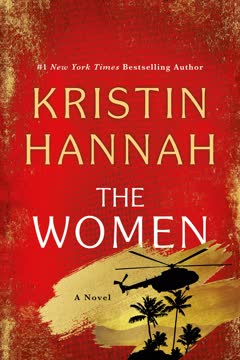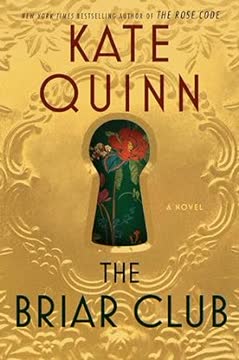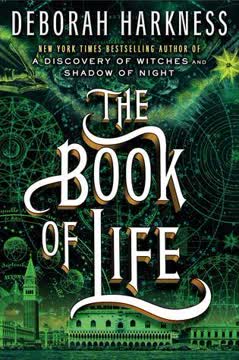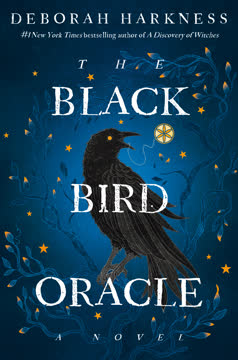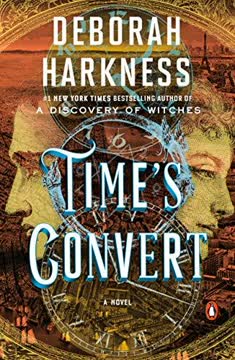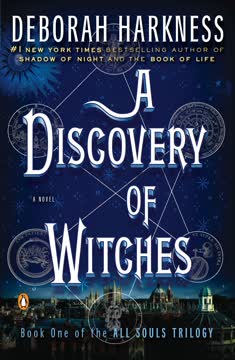Plot Summary
Homecoming in Dangerous Times
The MacKenzies—Brianna, Roger, and their children—return to Fraser's Ridge, reuniting with Jamie and Claire Fraser. Their homecoming is joyful but shadowed by the threat of war and the knowledge that the world around them is changing. The Ridge is a fragile sanctuary, and the family's relief at being together is tempered by the dangers of the American Revolution, which is drawing ever closer. Old wounds and new fears mingle as the extended family gathers, each member carrying secrets and scars from their time apart. The sense of home is powerful, but so is the awareness that safety is fleeting.
The Gathering of Generations
The Ridge becomes a hub of activity as not only the Frasers and MacKenzies but also extended kin and friends—like Young Ian, Rachel, Jenny, and Fergus's children—converge. The joy of reunion is palpable, but so is the tension: the Ridge is now a community of many families, each with their own hopes and fears. The older generation tries to shield the young from the coming storm, but the children are growing, watching, and learning. The bonds of blood and chosen family are tested as everyone prepares for the unknown, and the Ridge's sense of unity is both a comfort and a source of vulnerability.
Secrets, Scars, and Survival
As the family settles in, secrets begin to emerge—some from the past, others born of recent trauma. Jamie and Claire's scars, both physical and emotional, are mirrored in their children and grandchildren. The Ridge is not immune to the violence and betrayals of the wider world: old enemies reappear, and new ones are made. The struggle to survive is not just about food and shelter, but about trust, forgiveness, and the ability to adapt. The characters must confront their own darkness as well as the dangers outside, learning that survival often means facing the truth.
Shadows of the Past
Ghosts—literal and metaphorical—walk the Ridge. Memories of Culloden, lost children, and old loves shape the choices of Jamie, Claire, and their kin. The arrival of letters and visitors from distant places brings news that stirs up old griefs and unresolved guilt. The family is forced to reckon with the consequences of past actions, and the lines between friend and foe blur. The Ridge is a place of healing, but also of reckoning, as the characters realize that the past is never truly gone—it lives on in the choices they make and the stories they tell.
The Looming Storm
The American Revolution is no longer a distant threat; it is at the Ridge's doorstep. The community is divided by loyalty to King or country, and the Frasers must navigate a web of shifting alliances. Jamie is called to lead, but leadership comes at a cost. The Ridge's fragile peace is shattered by violence, betrayal, and the arrival of soldiers—both redcoats and rebels. The family must decide where they stand, knowing that neutrality is no longer possible. The storm is coming, and no one will be untouched.
Divided Loyalties
As the war intensifies, the Ridge's community fractures. Friends and neighbors are forced to choose sides, and suspicion poisons old relationships. Jamie's role as laird and leader is tested as he tries to protect his people while staying true to his own convictions. The cost of loyalty is high: families are torn apart, and the threat of violence is ever-present. The characters must grapple with the reality that sometimes, doing the right thing means standing against those you love.
The War Draws Near
The Ridge is no longer a safe haven. Skirmishes and raids bring the war to their doorstep, and the family is forced to fight for their lives and their land. The lines between soldier and civilian blur as everyone is drawn into the conflict. Losses mount, and the characters are changed by what they must do to survive. The war is not just a backdrop—it is a crucible that reveals the best and worst in everyone.
The Web of Betrayal
Treachery from within and without puts the Ridge in peril. Old enemies resurface, and new ones are made as secrets are revealed and trust is broken. The family must confront the reality that not everyone is who they seem, and that survival may require making deals with the devil. The cost of betrayal is high, and forgiveness is not easily given. The characters are forced to question their own motives and the price they are willing to pay for safety.
The Battle for the Ridge
The long-feared battle arrives, and the Ridge becomes a battlefield. Jamie, Claire, and their kin must defend their home against overwhelming odds. The fight is brutal and costly, and not everyone will survive. The characters are pushed to their limits, and the bonds of family and love are tested as never before. In the chaos of war, each must decide what they are willing to sacrifice—and what they cannot bear to lose.
Love and Loss in War
In the aftermath of battle, the Ridge is forever changed. The family mourns their dead and tends to the wounded, both in body and spirit. Love endures, but so does loss, and the characters must find a way to move forward. The war has taken much, but it has also revealed the strength of their bonds. Healing is slow and uncertain, but the promise of new life and new beginnings offers hope.
The Price of Mercy
As the Ridge rebuilds, questions of justice and mercy arise. Old grievances resurface, and the family must decide how to deal with those who have betrayed them. Forgiveness is not easy, and the desire for revenge is strong. The characters are forced to confront the limits of their own compassion, and to ask what kind of world they want to build for the next generation.
The Turning of the Wheel
Time passes, and the Ridge begins to heal. The rhythms of daily life return, but nothing is quite the same. The characters reflect on what they have lost and what they have gained, and the cycle of life continues. Children grow, elders age, and the community adapts to a new reality. The turning of the wheel brings both sorrow and joy, and the promise that life goes on.
The Long Road Home
Some characters return from exile or long journeys, bringing news and new perspectives. The family is reunited, but the scars of separation remain. The road home is not always easy, and the characters must learn to forgive themselves and each other. The Ridge is a place of belonging, but also of change, and the family must find their place in a world that is no longer the one they left.
The Power of Forgiveness
Forgiveness—of self and others—is the only way to heal. The characters confront their own guilt and the wrongs done to them, and must decide whether to hold on to anger or to let it go. The process is painful, but necessary, and the family emerges stronger for it. The power of forgiveness is not just in the act, but in the willingness to try.
The Next Generation
The focus shifts to the younger members of the family, who must find their own way in a changed world. The legacy of the past is both a burden and a gift, and the next generation must decide what to carry forward and what to leave behind. The elders watch with pride and trepidation as their children and grandchildren step into their own stories.
The Ghosts We Carry
The past is never truly gone; it lives on in the stories we tell and the choices we make. The characters are haunted by those they have lost, but also comforted by their presence. The Ridge is a place of memory, and the family learns to live with their ghosts, finding peace in remembrance and the knowledge that love endures.
The Enduring Hive
The Ridge, like a hive, is a living organism—fragile, resilient, and always changing. The family and their neighbors rebuild, drawing strength from each other. The bees, ever-present, are a symbol of the community's endurance: working, suffering, and thriving together. The story ends with the promise that, whatever comes, the hive will endure.
The Promise of Tomorrow
The war is not truly over, and challenges remain, but the family faces the future with hope. New life, new love, and the enduring bonds of kin and community offer the promise of better days. The story closes with the sense that, while the past cannot be changed, the future is still unwritten—and the promise of tomorrow is enough.
Characters
Jamie Fraser
Jamie is the heart of Fraser's Ridge, a man whose strength and stubbornness have carried his family through countless trials. He is a natural leader, but the burdens of command weigh heavily on him, especially as the American Revolution threatens everything he has built. Jamie is haunted by the ghosts of Culloden and the losses he has suffered, but his love for Claire and his family gives him purpose. His journey in this novel is one of survival, sacrifice, and the struggle to forgive himself for the things he cannot change. He is both a symbol of the old world and a bridge to the new, embodying the tension between tradition and change.
Claire Fraser
Claire is the soul of the Ridge, a woman out of time whose medical knowledge and compassion have saved countless lives. She is fiercely independent, but her love for Jamie and her family is her greatest strength. Claire's journey is one of adaptation: she must reconcile her modern sensibilities with the brutal realities of 18th-century life. She is haunted by the knowledge of what is to come, and the limits of her power to change it. Her resilience and willingness to forgive—others and herself—are central to the family's survival.
Brianna Fraser MacKenzie
Brianna is both a product of the 20th century and a vital part of the Ridge's future. Her intelligence, creativity, and courage are tested as she navigates the dangers of war, motherhood, and the legacy of her parents. Brianna's struggle is to find her place in a world that is not her own, and to protect her children from the violence that surrounds them. Her relationship with Roger is a source of strength, but also of challenge, as both must learn to trust and forgive.
Roger MacKenzie
Roger is a man searching for meaning in a world that often seems hostile to him. His ordination as a minister is both a calling and a burden, and he must learn to lead without losing himself. Roger's journey is one of faith—not just in God, but in himself and his family. He is tested by war, loss, and the demands of fatherhood, but his love for Brianna and his children anchors him. Roger's struggle is to reconcile his past with his present, and to find hope in the face of despair.
Young Ian Murray
Ian is a man of two worlds: Scottish and Mohawk, soldier and peacemaker. His journey is one of identity, as he tries to reconcile the different parts of himself and find a place to belong. Ian is loyal to his family, but also to the people and traditions he has adopted. He is haunted by the losses he has suffered—his first wife, his children—and by the violence he has witnessed. Ian's struggle is to find peace, both within himself and in the world around him.
Rachel Hunter
Rachel is a woman of deep faith and quiet strength. Her Quaker beliefs put her at odds with the violence of the world, but she is not afraid to stand up for what she believes. Rachel's relationship with Ian is a source of joy and challenge, as both must learn to compromise and trust. She is a healer in her own right, and her compassion and wisdom are vital to the Ridge's survival. Rachel's struggle is to hold on to her principles without losing her place in the community.
Fergus Fraser
Fergus is a survivor, a man who has remade himself many times. Born in a brothel, raised by the Frasers, he has become a husband, father, and leader in his own right. Fergus's work as a printer puts him at the heart of the Revolution, and his commitment to freedom is unwavering. He is haunted by the violence he has witnessed and the losses he has suffered, but his love for Marsali and their children gives him hope. Fergus's struggle is to protect his family while fighting for a better world.
Marsali Fraser
Marsali is a force of nature, a woman whose strength and determination are matched only by her love for her family. She is a survivor, having endured poverty, violence, and loss, but she refuses to be broken. Marsali's relationship with Fergus is a partnership of equals, and her role as mother and protector is central to the family's survival. Her struggle is to balance the demands of war with the needs of her children, and to find hope in the face of adversity.
William Ransom
William is a man caught between worlds: the legitimate son of Lord John Grey, the biological son of Jamie Fraser, and a soldier in a war that challenges everything he believes. His journey is one of self-discovery, as he tries to reconcile his past with his present and find a place to belong. William is haunted by secrets and betrayals, and his struggle is to forgive himself and those who have shaped his life.
Fanny (Frances)
Fanny is a child of trauma, having survived abuse and loss. Taken in by the Frasers, she is both vulnerable and fiercely independent. Her journey is one of healing, as she learns to trust and to accept love. Fanny's presence is a reminder of the costs of war and the importance of compassion. Her struggle is to find her place in a family that is not her own, and to believe that she is worthy of happiness.
Plot Devices
Time Travel and Foreknowledge
The narrative is shaped by the unique device of time travel: Claire, Brianna, and Roger's knowledge of future events both helps and haunts them. This foreknowledge is a double-edged sword, offering the possibility of changing fate but also the pain of knowing what cannot be changed. The tension between destiny and free will is a constant undercurrent, and the characters' attempts to use their knowledge for good often have unforeseen consequences. The device allows for foreshadowing, dramatic irony, and a deep exploration of the costs of trying to shape history.
Multi-Generational Saga
The story is told through multiple points of view, weaving together the experiences of several generations. This structure allows for a rich exploration of family, legacy, and the ways in which the past shapes the present. The use of letters, flashbacks, and shifting perspectives deepens the emotional resonance and highlights the interconnectedness of the characters' journeys.
War as Catalyst and Crucible
The American Revolution is not just a backdrop but a driving force in the narrative. War brings out the best and worst in the characters, forcing them to confront their own values and the limits of their endurance. The chaos of battle is mirrored in the chaos of personal relationships, and the choices made in war have lasting consequences. The device of war allows for moments of heroism, tragedy, and transformation.
Betrayal and Forgiveness
Betrayal—by friends, family, and self—is a recurring motif. The narrative uses secrets, lies, and shifting loyalties to create tension and drive character development. Forgiveness is not easily given or received, and the process of healing is central to the story's emotional arc. The interplay of betrayal and forgiveness is used to explore the complexity of love and the possibility of redemption.
Symbolism of Bees and the Hive
Bees and their hive are a recurring symbol, representing the Ridge's community: fragile, industrious, and interdependent. The hive endures storms, loss, and change, just as the family does. The motif is used to explore themes of belonging, resilience, and the ways in which individuals contribute to the greater whole. The bees' cycles mirror the cycles of war and peace, loss and renewal.
Foreshadowing and Prophecy
The narrative is rich with foreshadowing, both through the characters' foreknowledge and through dreams, omens, and prophecies. These devices create a sense of inevitability and tension, as the characters struggle to change—or accept—their destinies. The use of prophecy allows for moments of suspense and reflection, deepening the story's exploration of fate and free will.
Analysis
Go Tell the Bees That I Am Gone is a sweeping, multi-generational epic that explores the costs and consequences of love, loyalty, and survival in a world on the brink of transformation. At its heart, the novel is about the enduring power of family and community—the hive—that persists even in the face of war, betrayal, and loss. Diana Gabaldon uses the device of time travel not just as a plot engine, but as a lens through which to examine the tension between fate and free will, the burden of foreknowledge, and the impossibility of controlling the future. The American Revolution is both a literal and metaphorical crucible, forcing the characters to confront their own values and the limits of their endurance. The novel is unflinching in its portrayal of violence and trauma, but it is also deeply compassionate, insisting on the possibility of forgiveness and renewal. The bees, ever-present, are a symbol of the community's resilience: fragile, industrious, and always changing. The story's ultimate message is one of hope: that even in the darkest times, love endures, and the promise of tomorrow is enough to keep going. The lessons of the book are clear—mercy is as necessary as justice, forgiveness is the only way to heal, and the bonds of family and community are the true source of strength.
Last updated:
Review Summary
Go Tell the Bees That I Am Gone received mixed reviews from fans of the Outlander series. Many praised Gabaldon's detailed storytelling and character development, while others felt the book lacked a cohesive plot and contained excessive filler material. Some readers found the domestic scenes and historical details engaging, while others were disappointed by the lack of action and resolution. The book's length and pacing were common points of criticism. Despite divided opinions, many long-time fans expressed appreciation for reuniting with beloved characters, though some felt the series quality had declined in recent installments.
